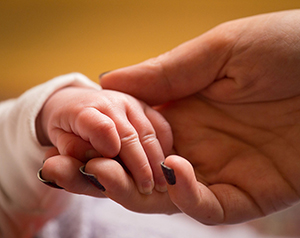London, Mar 14: Despite giving you sleepless nights, constant worry and financial headaches, parenthood may be key to having a longer life, particularly in older age when health and capacity start to decline, a new study has claimed.
By the age of 60, the difference in life expectancy, which does not seem to be influenced by the sex of the children, may be as much as two years, the findings suggest.
Researchers from Karolinska Institute in Sweden tracked the lifespan from the age of 60 onwards of all men (704,481) and women (725,290) with a birth date between 1911 and 1925 and living in Sweden.
The study, which ran until the end of 2014, also gathered registry data on marital status and the number and sex of any children they had.
Age specific risks of death were calculated and compared for each calendar year for people who had at least one child and for those who were childless. The risk of death rose with increasing age, irrespective of whether the individuals were parents or not.
However, after taking account of influential factors, such as educational attainment, the risks of death were lower among those who had at least one child than among those who were childless - and more so among men than among women.
The one year risk of death for an 80 year old man with a child was 7.4 per cent, for example, compared with 8.3 per cent for a childless man of the same age.
The gap in absolute death risks between the two groups rose with increasing age, and was somewhat larger for men than it was for women, researchers said.
At age 60 the difference in the one year risk of death was 0.06 per cent among men and 0.16 per cent among women. By the age of 90 these differences had risen to 1.47 per cent among men and to 1.10 per cent among women.
The associations found were evident among those who were married and unmarried, but seemed to be stronger among those who were not married - at least among the men: the difference in death risk was 1.2 per cent among unmarried men and 0.6 per cent among those who were married.
Unmarried men might be relying more heavily on their children in the absence of a partner, the researchers suggest. They are also likely to be less well educated, whereas the opposite tends to be true of women, they said.
The associations were not affected by the sex of the children, as has been suggested by previous research, the researchers said.
"Our finding that the association grew stronger when parents became older is further in agreement with research suggesting that childless people face support deficits only towards the end of life," they said.
The research was published in the Journal of Epidemiology and Community Health.





Comments
Add new comment